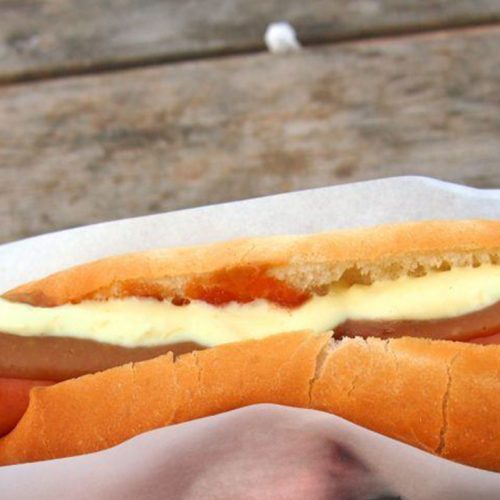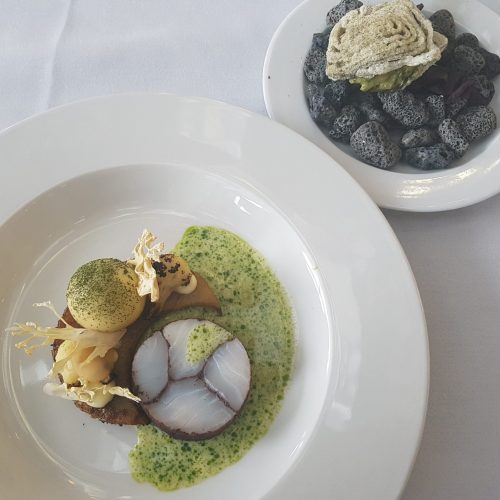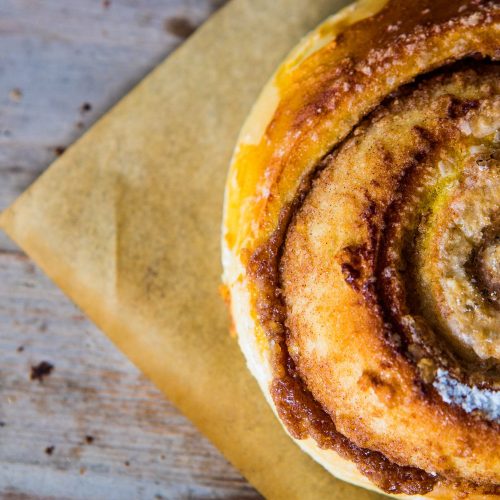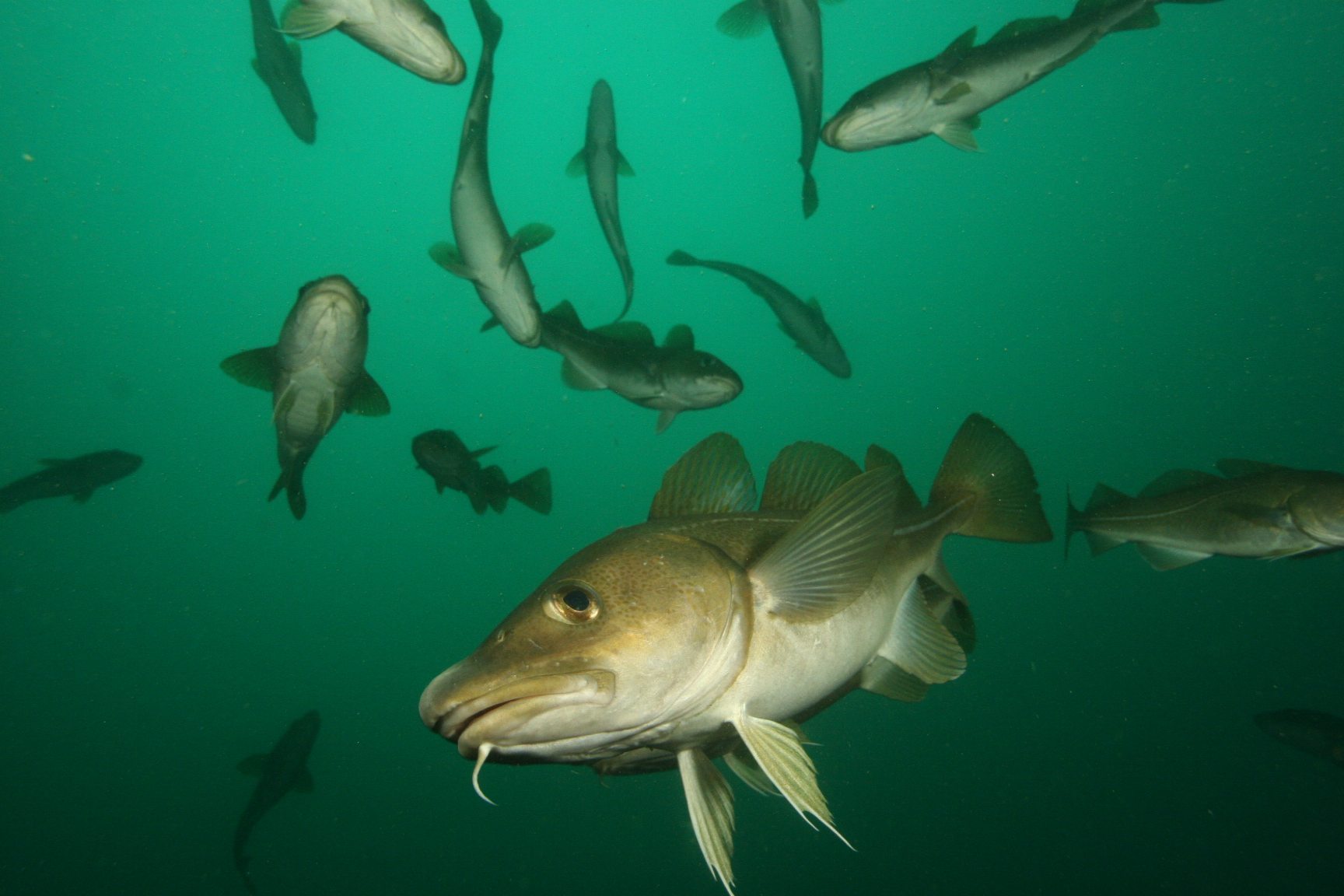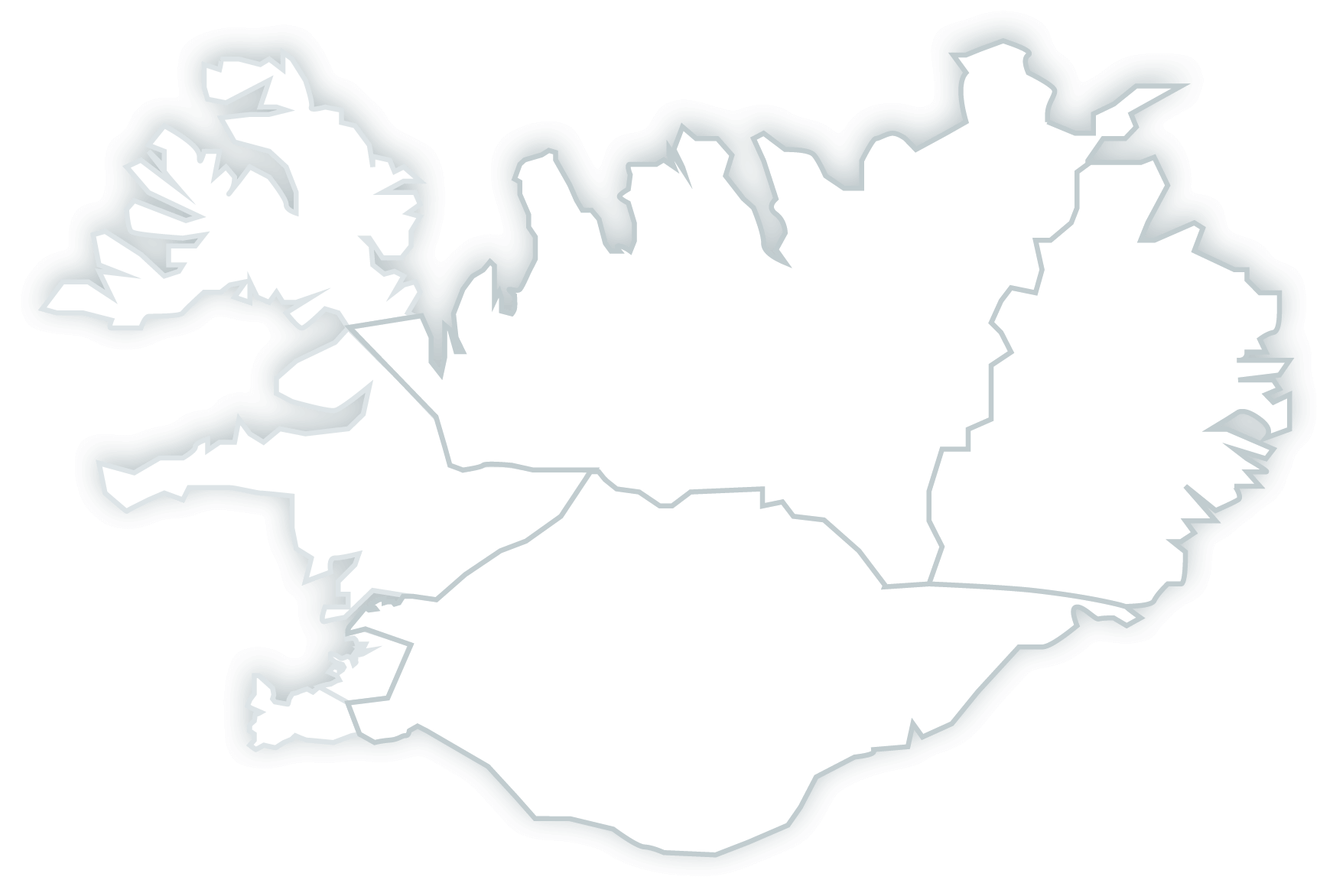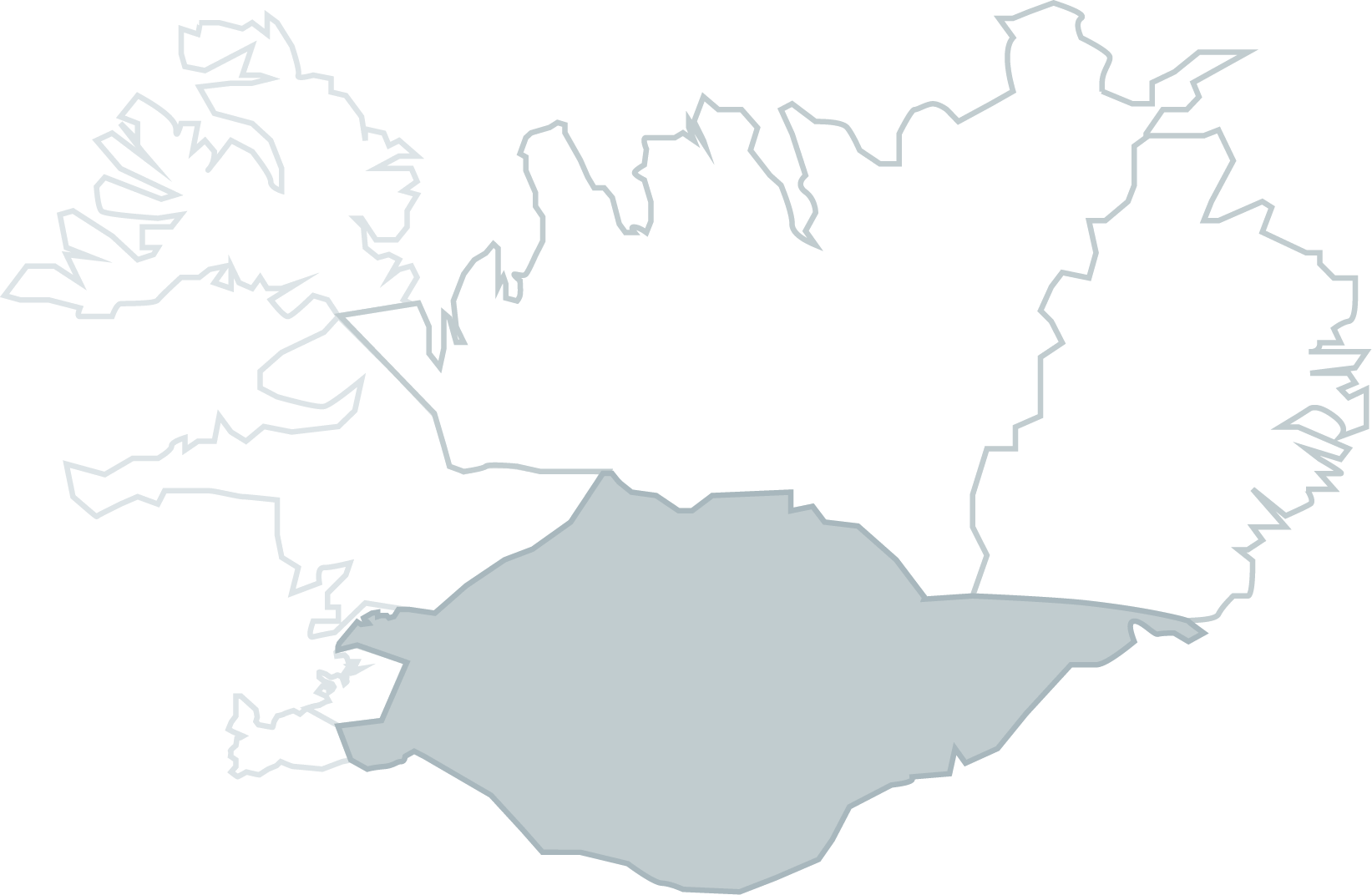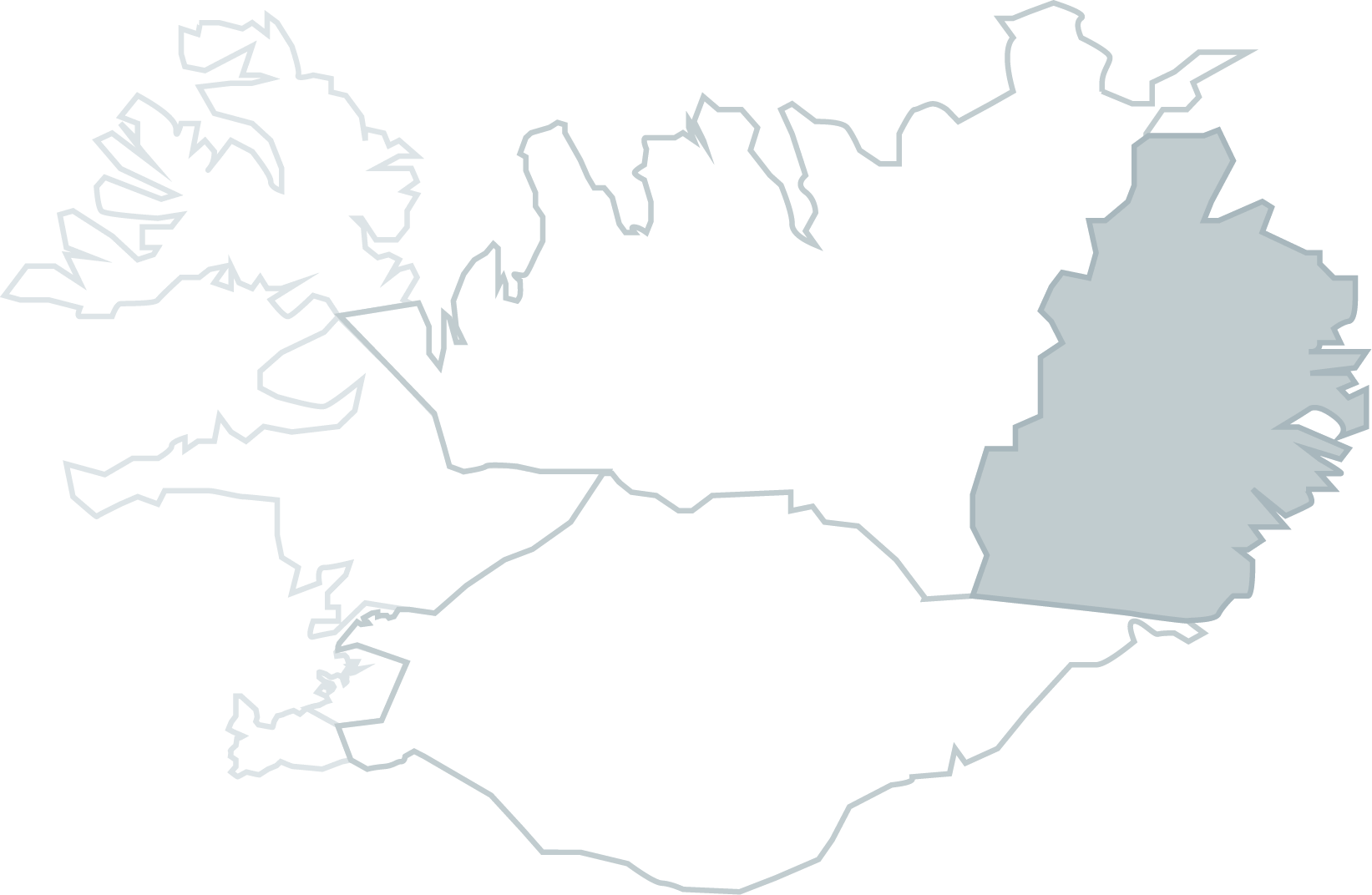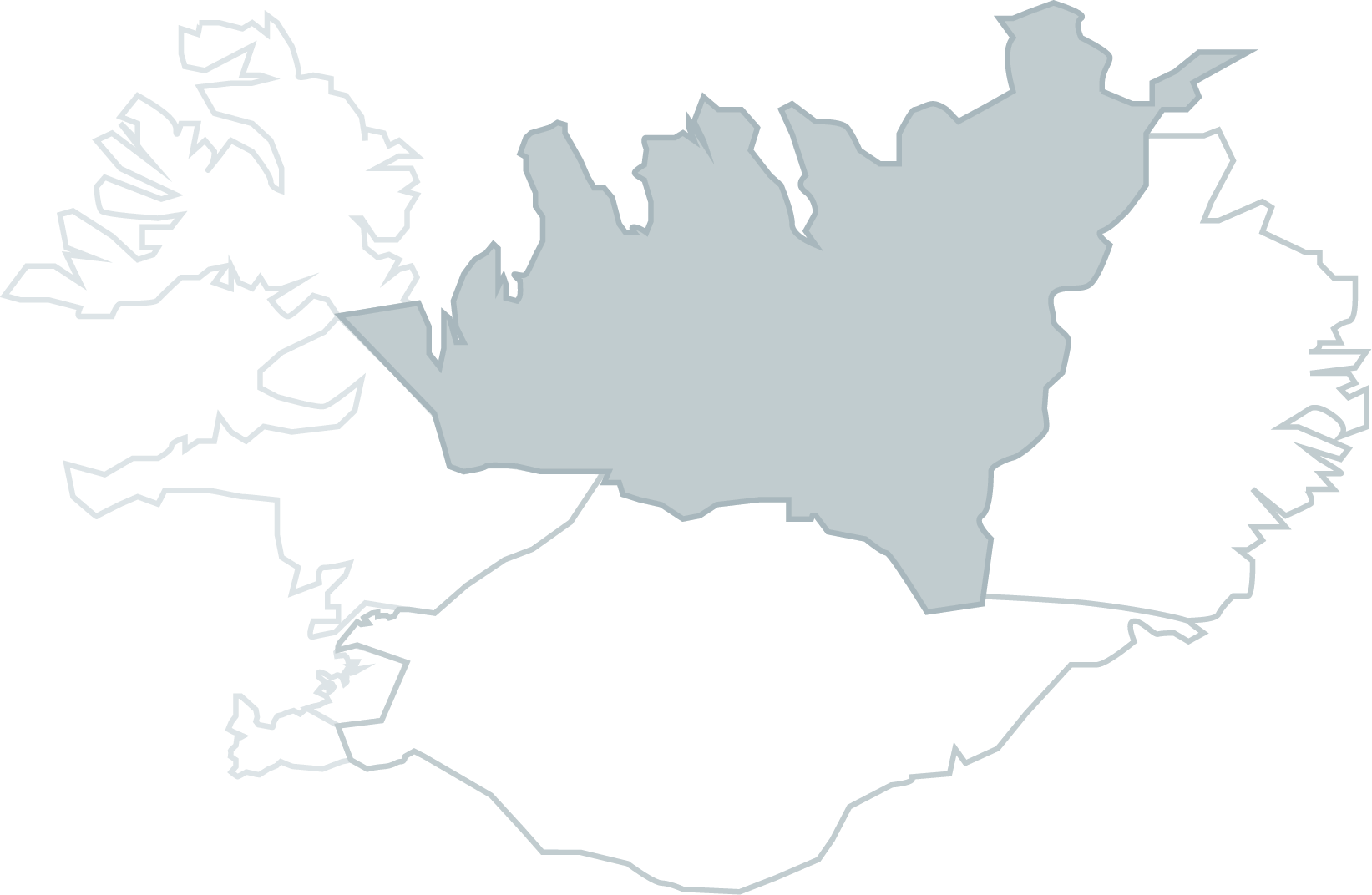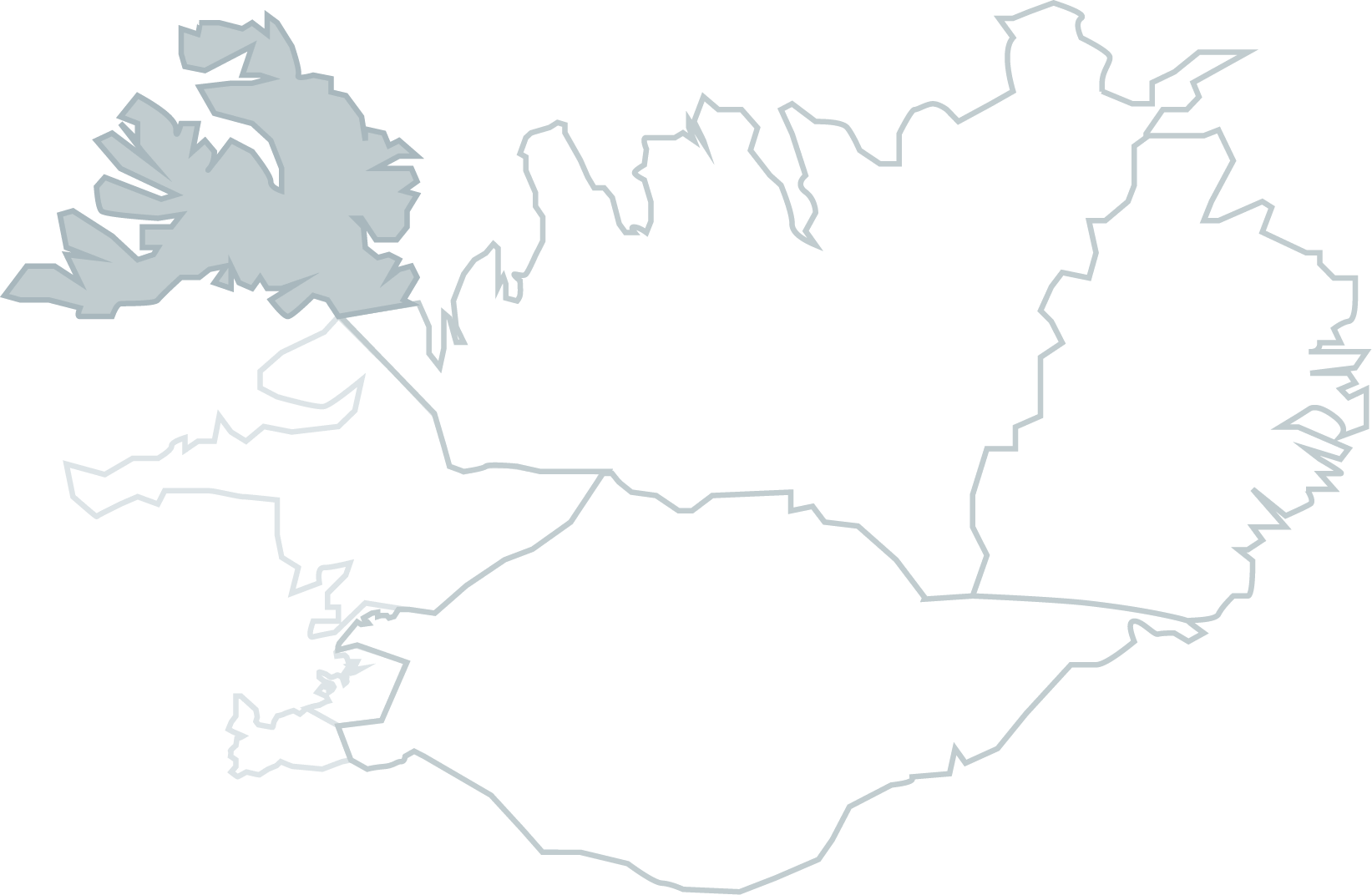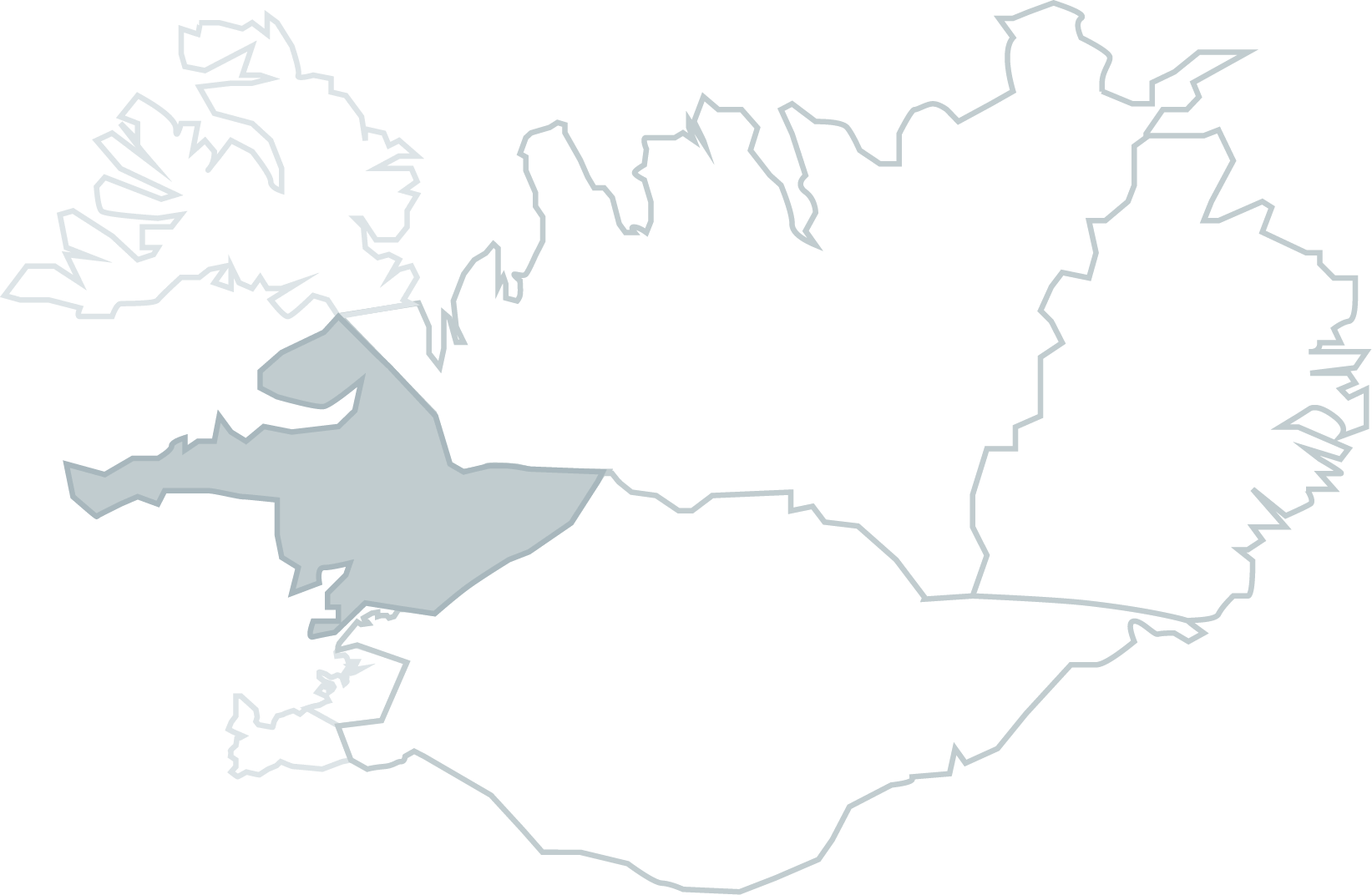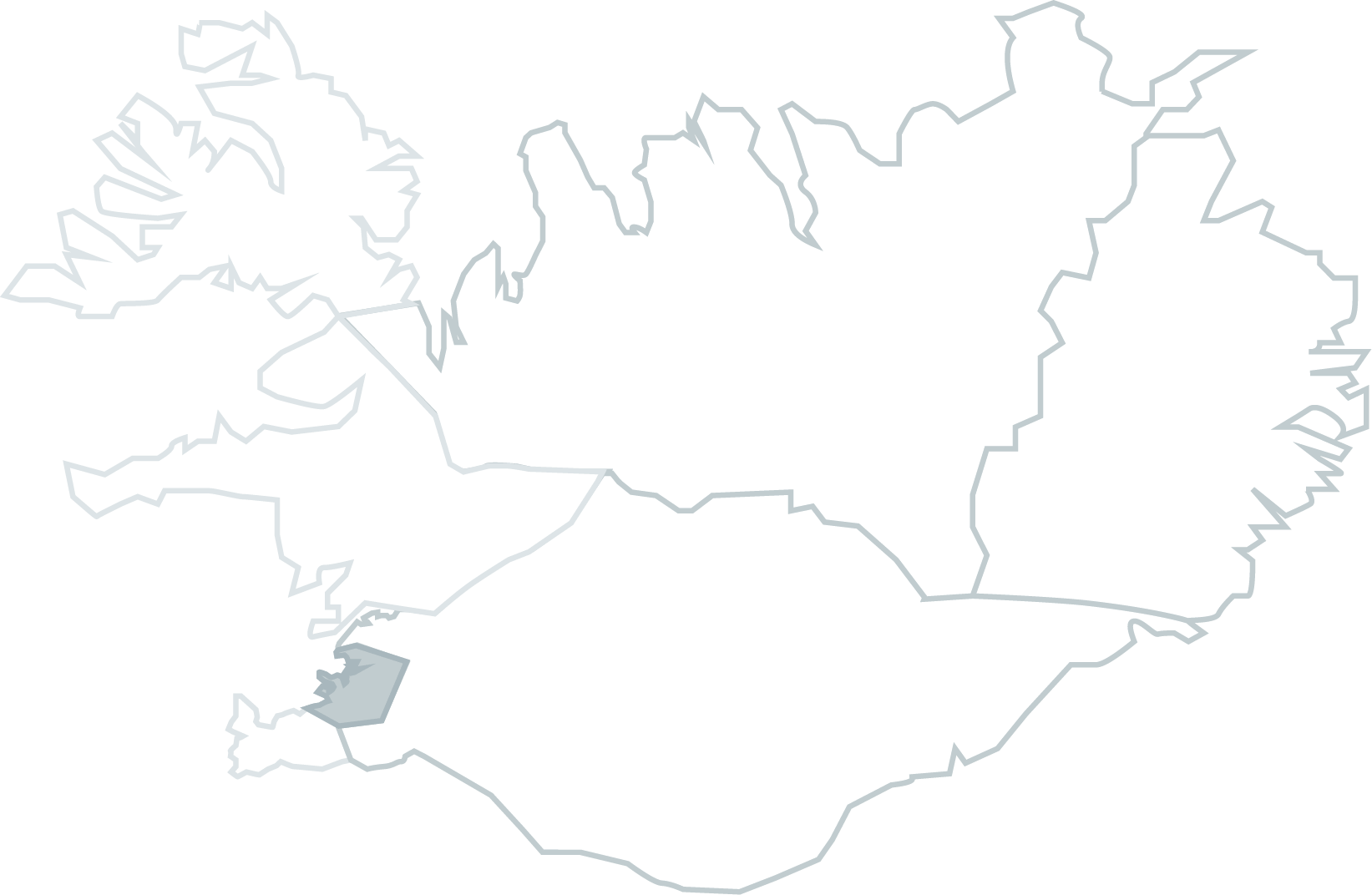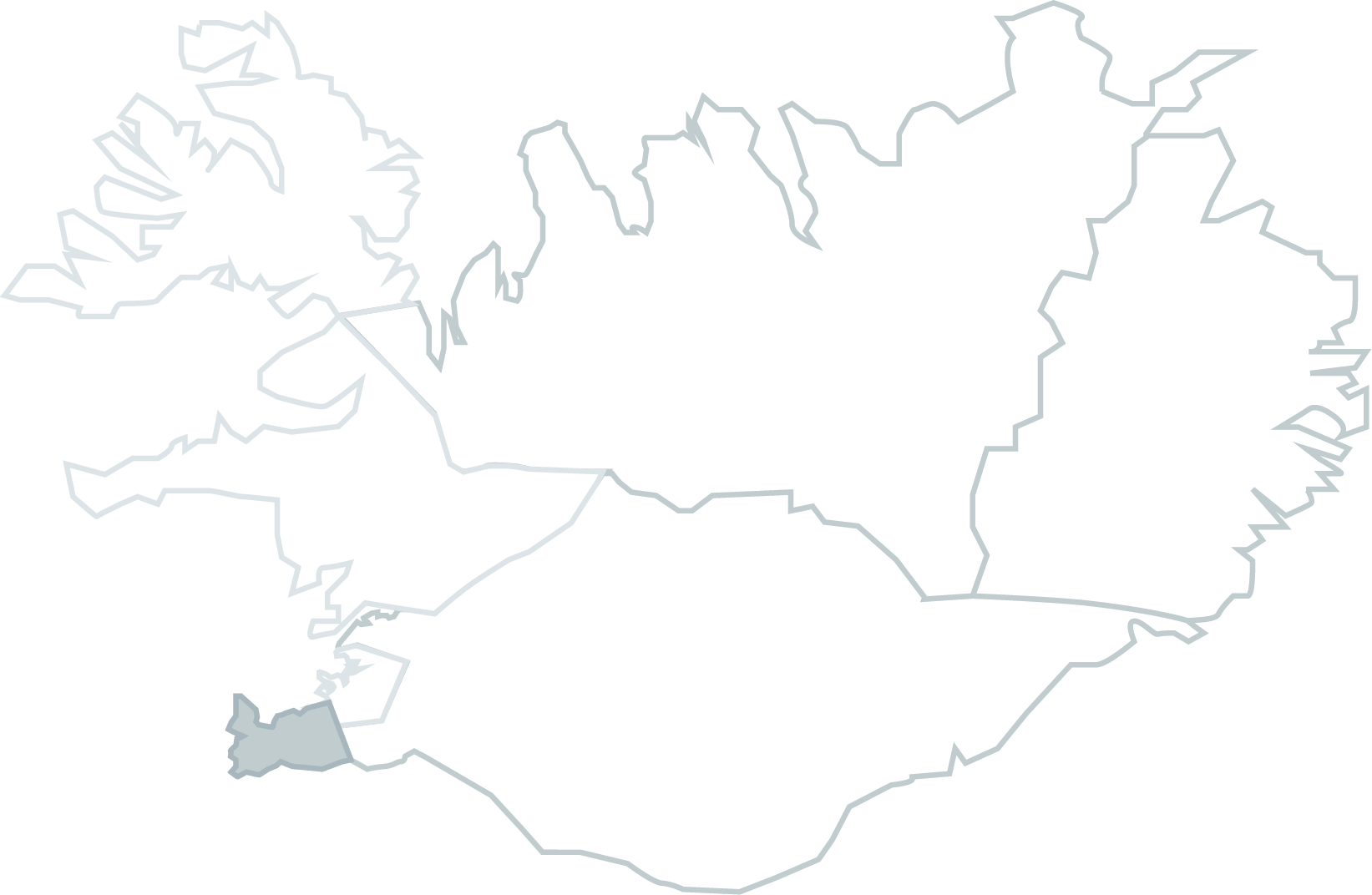Capital Area
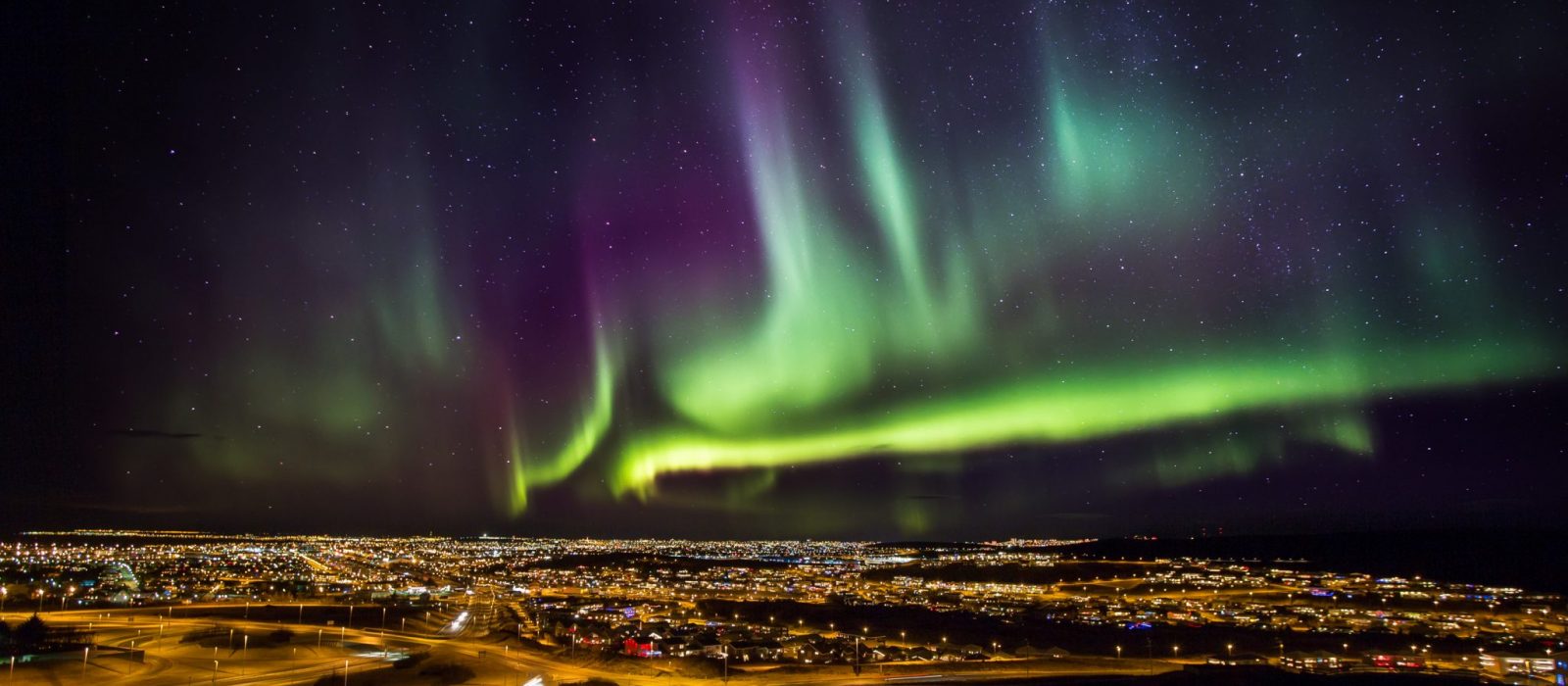
According to Íslendingabók (e. Book of Icelanders), Ingólfur Arnarson was the one to settle the southwestern region of Iceland, with his homestead in Reykjavík. As time passed, more farms were built around it and in 1786 Reykjavík became an official town. A salmon river runs through Reykjavík, Elliðaárnar. It is quite unique for a capital to be able to pride itself of such a unique natural resource.
Just outside of Reykjavík is an island named Viðey. In 1226, it was settled by Augustinian monks who built their monastery on the island. A brewery was operated in Viðey in the mid-16th century. Today, Viðey houses a stately restaurant. Caraway is an Apiaceae herb used as a spice in brennivín, spirits and pastry. In Iceland, caraway grows wild, including in Viðey. Today, people take trips to Viðey in the fall to pick caraway for the winter.
From Farming to City
The first greenhouses in the country were built at Reykir in Mosfellssveit in 1923. School gardens or allotments intended for children in primary schools have been operated in the capital region for many years. The kids are given seed potatoes, plants and seeds and instructors guide them in cultivating common vegetables and herbs. In Reykjavík, the gardens have served as vegetable gardens for the whole family.
From 1929 to 1934, Iceland’s largest dairy was at Korpúlfsstaðir in Grafarvogur. Thor Jensen founded and ran the dairy. He hired Danish dairy specialists in order to ensure the highest quality production. Korpúlfsstaðir became the country’s largest dairy farm and provided milk for the majority of Reykjavík.
Reykjavík is the world’s only capital with a dedicated area for sheep sheds. Over 90 years have passed since the sheep farmers of Reykjavík founded the Reykjavík Association of Sheep Farmers.
Honoring the Culinary Heritage
Úlfar Eysteinsson, restaurateur is known as one of the first chefs honoring old traditions, specializing in seafood dishes. Today we luckily have a new generation of chefs honoring our traditions with a twist for modern taste. More emphasis has been on the new Nordic cuisine celebrating the foods and cooking techniques of regions. This cooking philosophy was introduced to Iceland by chef Gunnar Karl Gíslason in 2009.
Ice Cream, a Hot Dog with everything, and a Michelin star
To say that Icelanders love ice cream is an understatement, evidenced by the myriad ice cream shops in the capital region where one can satisfy this hunger, come rain or shine. Hot dog stands are also popular for a quick meal. The hot dog stand Bæjarins bestu in the city center of Reykjavík has received the most attention. The first stand was set up in 1937, first in Austurstræti and then later moved to Tryggvagata. In August 2004, former US president, Bill Clinton visited Bæjarins bestu and had a “one with everything,” putting Bæjarins bestu in the world news. Two years later, Bæjarins bestu was voted the best hot dog stand in Europe by the British newspaper The Guardian.
You will find innumerable restaurants, cafés and bakeries in the capital region as well as a food hall, delicatessens and farmers’ markets like Bændur í bænum, Frú Lauga, Matarbúr Kaju and Matarmarkaður Búrsins. It is also the home of Iceland’s only Michelin starred restaurant: Dill. More and more restaurants with an emphasis on traditional foods are opening in Reykjavík and numerous restaurants are for example on the White Guide Nordic list. It is also a positive mood swinger to get to know a city by tasting its cuisine and Reykjavík offers tours with expert culinary guides.
Reykjavík contains many museums that focus on Icelandic culture and way of life. The Settlement Exhibition, Árbæjarsafn and the Reykjavík Maritime Museum are only a few of the places worth visiting.
For more information on culinary experiences see Visit Reykjavík
